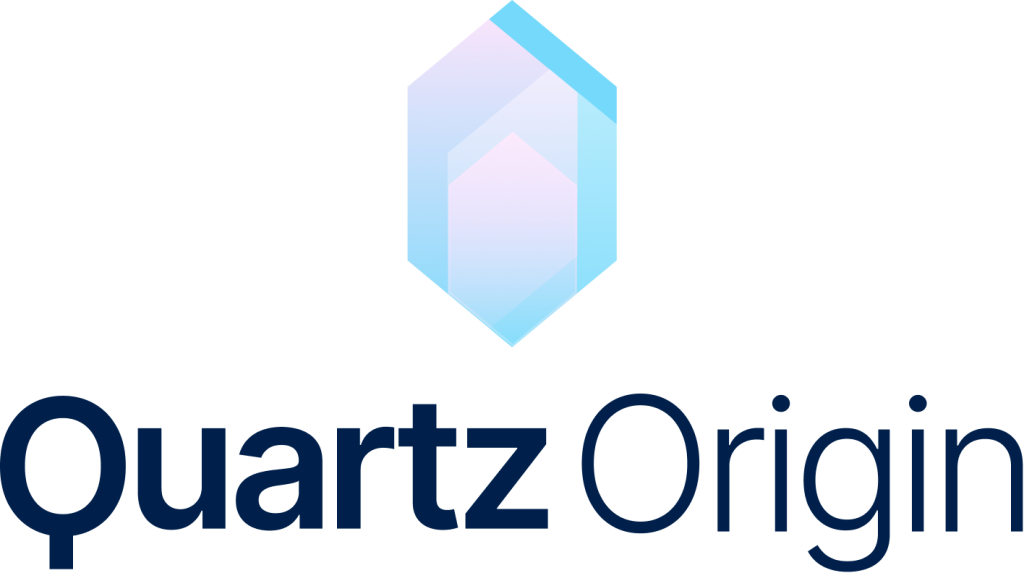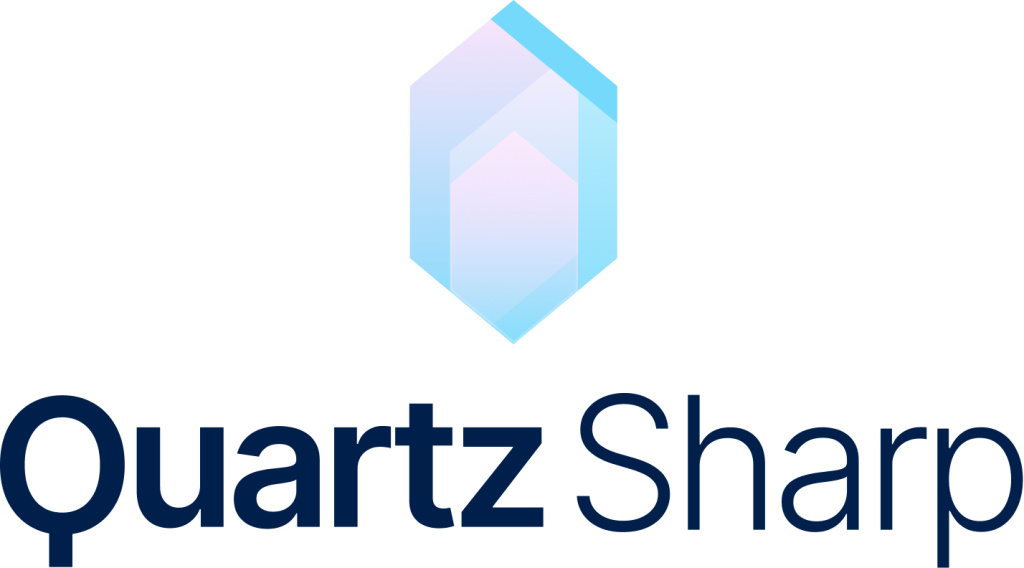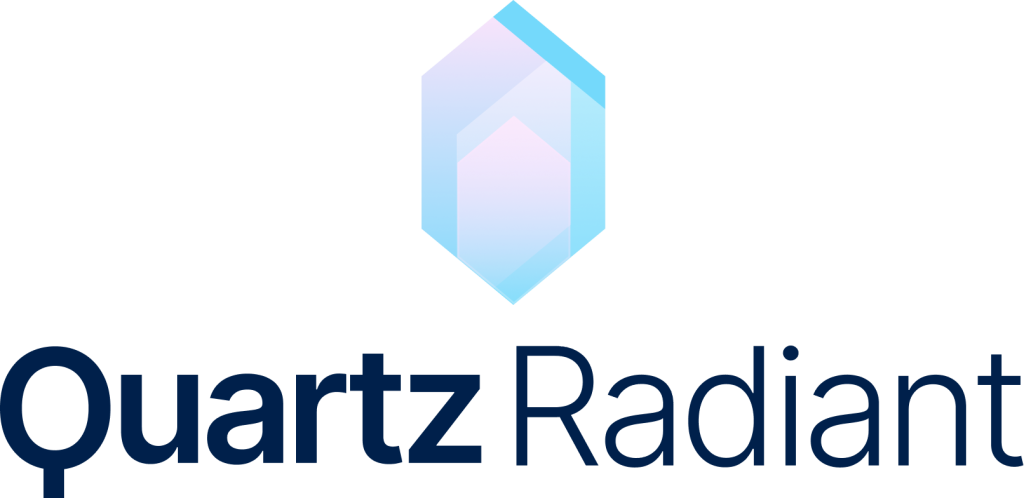Quartz – Market Data Usage control Suite
Control market data usage and avoid sanctions, reduce costs and maximize profitability
Market Data Exploitation and Tools for Investment Platforms
Managing and optimizing Market Data is not a simple task.
Optimizing financial information sources is usually a very broad concept, in addition to being a “nice to have” that increasingly becomes a “must have”.
There is a lot of Market Data to analyze, manage, rationalize… and pay for; and financial information sources touch many different areas of the same entity… which adds another level of complexity.
Would you like to pay only for the market data that is used in your entity?
It’s possible, and with Quartz we explain how.

Quartz – Market Data Usage control Suite
Three levels of market data usage control

With the level of usage control you desire
3 levels of usage control so you can choose the one that best fits your current need.

With the cost that fits your budget
The cost of the solution is minimal compared to the benefit you obtain.

With the technical involvement your entity desires
Technical teams are usually saturated, therefore, you can choose the solution with 0 technical involvement, with simple or total integration.

Usage control via reporting
Users regularly report what data they use and how frequently.
Control costs and usage of services based on users.
Promote user involvement, awareness and commitment regarding market data costs.
Implementation without technical integrations.

Usage control via permissions
Data access is controlled by a centralized permission system.
Control access to information in a centralized, robust and auditable way.
Administer granular permissions, down to the instrument level… And if you wish, integrate its real usage.
Integrate Q-Sharp with your system in a simple way.

Usage control via data
Users only access permitted data with usage registration of each piece of consumed data.
Control access to information in a centralized, robust and auditable way.
Control market data usage natively and automatically.
Significantly optimize the efficiency of your market data.
Do you want to know more about Quartz?
Are these services for you and your entity?
The answer is very easy.
If you want to:
- Be calm in the face of an audit and not have to pay anything
- Pay only for the market data that is used in your entity
- Control the usage of Market Data services
Yes, these services are for you!
It doesn’t matter if your entity is large or small. All entities we have worked with have controlled and reduced their market data costs.
If you…
- Are the one who receives user requests
- Handle audits
- Are in charge of giving permissions to data consumers so they can access them
- Are responsible for or manage the Market Data cost budget
- Create reports about who has what, who consumes what, at the data level
- Work in entity efficiency areas
- Are related to entity compliance
- Create information consumption profiles
Request Information
If you are interested in any of our services, you can contact us through the form.
Know more about MedySIF
FAQ
Frequently asked questions about our Quartz suite.
Q-Origin
Q-Origin is a tool designed to control and manage the usage of market data services. It is based on the analysis of invoices issued by different providers and direct consultation with end users.
With Q-Origin, it is possible to visualize the cost per user from received and paid invoices, and complement this information with data provided by users about how they use the service and the justification for such usage. This ensures that what is paid for is being used effectively and allows drawing conclusions both in terms of cost optimization and regulatory compliance.
In general, the price is based on the amount of the market data cost inventory, the number of users, providers and annual invoices, as well as the documentation available for the initial configuration of the tool.
Q-Origin is based on extracting information directly from users who make use of it, so it is essential that they are informed about this tool. This way, the users themselves can clarify and justify the services they have, identify improvements or services that are not being used and for which they are charged a cost by paying invoices for these.
Q-Origin is focused on usage control and transparency, so cost savings is not an objective of this. What can happen is identifying small savings by certifying services with users.
It is not necessary to install any specific software/application/access.
Q-Origin is in the cloud and is accessed through secure web access.
Q-Sharp
It is a platform for permission management and information usage control.
Q-Sharp offers information permission management and APIs to query permissions for users and thus establish control in applications.
The permission level is granular, allowing control of access and different levels of access to information on the same data.
The platform manages permission information for entity users. For this reason, the Q-Sharp solution is offered as on-premise software or SaaS according to the entity’s needs.
Q-Sharp includes all services for permission management. To be able to apply permissions, it is necessary for the entity’s systems to implement a gateway connected to Q-Sharp to query permissions and manage access according to configured permissions.
Q-Radiant
It is a comprehensive platform for management, publication and control of entity information usage.
It controls information at the request level per user. When a user requests information from Q-Radiant, the platform records the details of the information provided by the user.
The level of usage control reaches the detail of information usage per user and financial asset (instrument).
The platform integrates information from both external and entity-owned providers and, in many cases, it is real-time information. For this reason, it is recommended that Q-Radiant be on-premise software.
Q-Radiant includes all services for integrating external information into the system. But to be able to register usage control of user and system information, it is necessary for system services to adapt to be able to obtain information from Q-Radiant and automatically register information usage.
